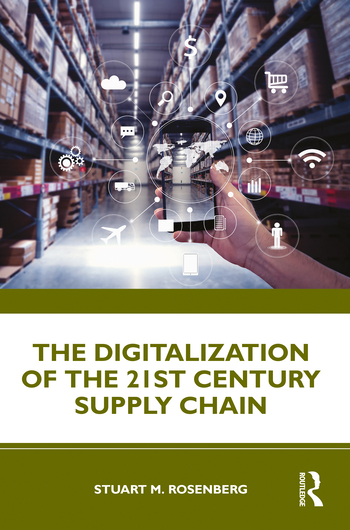Editorial: Seize the Opportunity
These and other forecasts bode well for manufacturing. Coincidentally, this issue, our annual Assembly Planbook, focuses on helping assembly professionals establish and manage the successful and profitable assembly projects that will contribute substantially to this growth.
But the larger and longer term strategic issue is that of recognizing future opportunities, and either developing or acquiring the manufacturing technology needed to exploit those opportunities profitably. One of the best places to look for early indicators about these long-range opportunities is in the technology forecasts from Battelle Memorial Institute (Columbus, OH).
Some of the major opportunities lie in the production, storage and consumption of energy. Dr. Steve Millett, manager of Battelle’s forecasts, says "We’re on the cusp of some major, fundamental changes in energy that are already under way." A panel of experts, led by Millett, picked 10 energy innovations that it predicts will have the most economic impact by 2010, including:
- Hybrid vehicles. Gas prices may have come down, but 70 mpg will create a lot of converts. Hybrid vehicles combine small, efficient internal combustion engines with power from batteries for an extra boost during acceleration. The first generation of these vehicles is already here, and Tony Schaffhauser of Oak Ridge National Laboratory says "U.S. automakers have produced a next-generation of hybrid concept cars that will pave the way to 80 mpg five-passenger sedans."
- Fuel cells. As fuel cells become smaller and cheaper, experts expect them to become increasingly popular for transportation and for portable power generation over the next decade. "These systems will provide power at competitive rates while drastically reducing the impact on the environment," says Don McConnell, associate lab director for energy science and technology at Pacific Northwest National Laboratory.
Looking for a reprint of this article?
From high-res PDFs to custom plaques, order your copy today!





